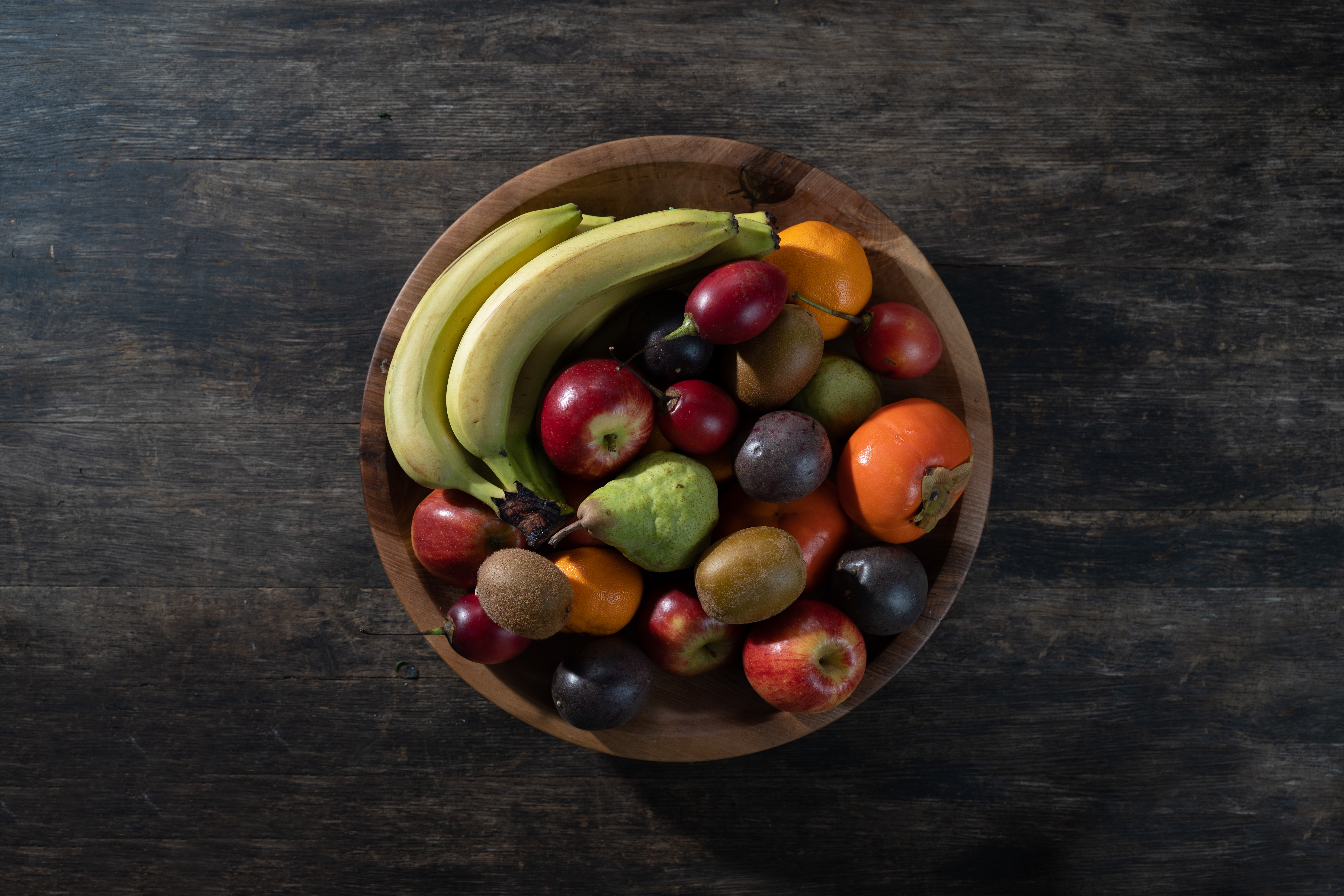Kids who eat dinner with their family are more resilient, more positive and happier.
Numerous studies show that eating together can help us maintain a healthy weight. This is an excellent time to form healthy habits. In a country where a 12.3% of children (and 66% of adults are overweight and obese), it’s something we need. One study from Stanford University reported that kids who eat family dinners are more likely to eat more fruits and vegetables than those who don’t. Plus, as teens they are less likely to be obese. They are also more likely to keep up their healthy habits once they move out on their on.
But it’s not just about what’s on the plate.
Research suggests that tone you set for dinner time is also important. Parents should approach dinner time with warmth and be ready to engage. Forget fighting over mouthfuls. Controlling, restrictive behaviours is a turn off. Literally kids will stop paying attention; negating the benefits of the dinner ritual.
And forget dinner and a show, researchers found that preschoolers who watched TV during dinner were more likely to be overweight by third grade. Tom’s wife has a firm no phones at the table rule. “She’s unapologetic about enforcing it,” said Tom. While it may be tempting to eat in front of the TV, or check our phones, it takes us out of the moment.
For the littlest members of the family, sharing dinner at the table with parents can help promote language skills. One study found that for young children, dinner time chatter boosted vocabulary more than being read aloud to. Kids who have a large vocabulary read earlier and more easily. So put down Hairy McClary, and sit up at the table together.
Dinner time gives little ones an opportunity to practice patience and dexterity. Social skills are also developed, including manners, taking turns, and trying new things. “I don’t mind if our toddler doesn’t eat everything on the plate,” said Tom. “I just ask her to try it.”
Dinner together isn’t just for the wee ones
One study from Columbia University found that teens who ate with their families were more likely to have better grades. Regular meal time is more powerful than time in school, doing homework, playing sports or doing art. Teens who ate family meals together were twice as likely to get As in school than kids than those who ate dinner together fewer than two times per week. A number of studies link family dinners with lower risk of problem behaviours like smoking, binge drinking, drug use, violence, school issues and eating disorders.
You have a captive audience, so make the most of it.
You can build self-esteem, by reinforcing common values. This is a great time to lay on the praise and build them up! Family members are better able to handle the stresses of daily life, if they can be shared. When we sit down together, we practice our communication skills, our listening skills, and we demonstrate respect. The simple question, “How was your day?” can be just the opener your child needs to share what is significant to them.
Lead by example.
Dinner is a perfect opportunity to divide tasks and deconstruct stereotypes. It’s not a surprise that Tom cooks dinner most nights for his family (he’s too darn good at it!). Often, he’ll let his toddler lend a hand. “She’s pretty good at peeling garlic,” said Tom. “I also give her things to set the table.” His wife leads the clean up crew. At Cole’s house, the roles are reversed. The point is that dinner is a family activity and a shared responsibility amongst all members of the family.
Every meal is an opportunity.
With all the benefits of eating together, it’s worth the effort. Green Dinner Table makes preparing dinner easy. With everything you need to create delicious restaurant style meals, you can focus on creating opportunities to connect with one another, rather than what’s on the plate. Sign up and see how stress-free family dinners can be.


